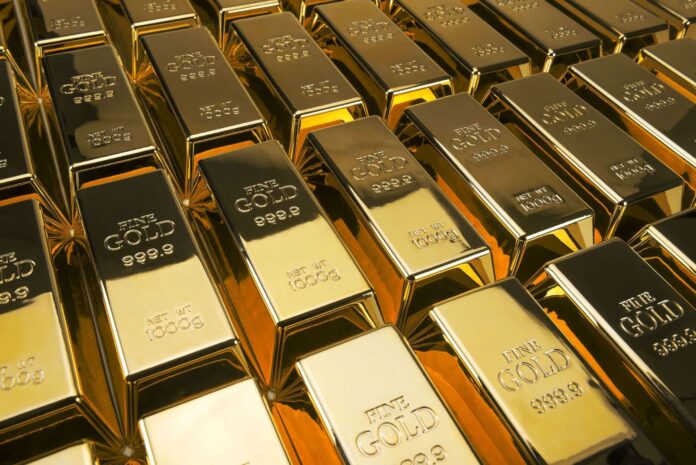Silver has taken center stage in global commodities markets, soaring nearly 75% since the beginning of the year and reaching record-breaking levels not seen in over four decades. On Thursday, spot silver prices climbed to $51 per troy ounce, surpassing the historic $50 threshold last achieved in 1980.
Analysts attribute the rally to a potent mix of safe-haven demand, booming industrial use, and tightening global supply — a combination that has propelled silver’s value beyond expectations.
“Silver is benefiting from both its dual identity as an investment asset and an industrial metal,” said Michael Chen, commodities strategist at Global Insight Markets. “While investors seek refuge from geopolitical uncertainty, demand from sectors like solar energy and electronics continues to rise.”
The surge comes amid increasing investor appetite for tangible assets, as inflation concerns, geopolitical tensions, and slowing global growth drive capital into precious metals.
Silver, often dubbed “poor man’s gold,” has outperformed its more famous counterpart this year, even as gold briefly surpassed the $4,000 per ounce mark earlier in the week before retreating 2% on Thursday.
Gold’s decline, analysts say, was driven by a stronger U.S. dollar and profit-taking following the announcement of a ceasefire between Israel and Hamas. “The ceasefire eased some of the immediate geopolitical risk premium that had been built into gold prices,” noted Priya Malhotra, senior economist at Horizon Capital.
“Meanwhile, silver’s rally appears to have its own momentum, tied to structural shifts in demand.”
Industrial consumption remains a major catalyst for silver’s rise. The metal is critical in manufacturing solar panels, electric vehicles, and electronics — industries that are expanding rapidly amid global pushes toward clean energy and digitalization.
According to the Silver Institute, industrial demand for silver is projected to grow by over 10% this year, outpacing supply for the third consecutive year.
On the supply side, mining output has struggled to keep pace. Disruptions in key producing countries such as Mexico and Peru, combined with declining ore grades, have led to persistent shortages. Recycling, which typically supplements the market, has also lagged due to lower scrap collection rates.
Market watchers suggest the current rally could have more room to run. “If industrial demand remains strong and monetary conditions stay loose, silver could stay elevated for some time,” said Chen.
However, analysts caution that volatility is likely to remain high. “Silver has a history of dramatic price swings,” Malhotra added. “Investors should be prepared for corrections, even if the long-term outlook stays positive.”
As both industrial users and investors compete for limited supplies, silver’s resurgence signals a shifting balance in the precious metals landscape — one where the lesser-valued metal is, at least for now, stealing gold’s shine.

